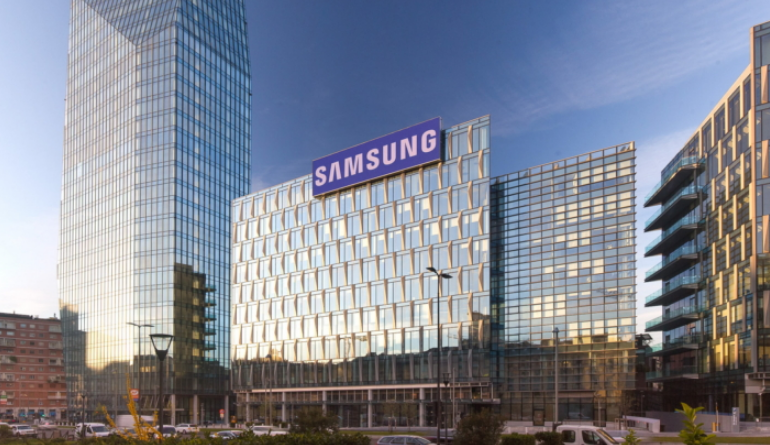 APPS
APPS
 APPS
APPS
 APPS
APPS
Samsung Electronics Ltd. delivered on its promise of a strong second quarter today, announcing that its profit grew by more than 70% thanks to stronger prices for its memory chip products.
The company reported an operating profit of 12.6 trillion won ($10.95 billion), up 54% from a year ago. That was slightly more than the 12.5 trillion won operating profit it forecast earlier in the month.
Net profit rose 73%, to 9.6 trillion won ($8.4 billion), while total consolidated revenue for the period was 63.67 trillion won ($55.3 billion), up 20% year-over-year.
Samsung officials said favorable conditions in the memory chip market accounted for the growth. Although the company is known as the world’s largest smartphone maker, it’s the semiconductor business that accounts for the bulk of its profit. The company makes dynamic random access memory chips, which are used in computer servers, laptops and smartphones, as well as NAND flash chips that are used in data storage.
Memory chip sales accounted for 6.93 trillion in operating profit. The company said it had a “significant improvement in earnings as memory shipments exceeded previous guidance and price increases were higher than expected.” The favorable market conditions Samsung spoke of are a result of the coronavirus pandemic, that has led to more demand for consumer electronics powered by memory chips.
Samsung said more specifically that it benefited from strong server and personal computer memory demand combined with stronger than expected increases in the average selling price of DRAM and NAND chips. “Samsung was able to respond promptly to the strong server and PC demand, reporting higher growth than the previous guidance, thanks to a preemptive adjustment to the Company’s production mix,” the company said.
“Semiconductors are in scarce supply and Samsung has both memory and storage, so it benefits from that high demand,” said analyst Patrick Moorhead of Moor Insights & Strategy.
Samsung’s handset business did less well, however, as smartphone sales fell as a result of well-documented semiconductor supply chain problems. Ironically, Samsung has been hampered by those problems despite being one of the world’s largest component suppliers. The smartphone business posted an operating profit of 3.24 trillion won, down from the previous quarter.
“The Mobile Communications Business saw a revenue decrease compared to the previous quarter, influenced by a component supply shortage in the industry as well as production disruptions in its Vietnam factory,” officials said.
Still, the firm said it was optimistic about the prospects of the smartphone unit going forward. It pointed to forecasts that predict a recovery in the mobile market to pre-COVID levels by the end of the year, thanks to adoption of 5G and contactless technologies. Officials also spoke of the coming launch of new foldable smartphones and an expansion of mass-market 5G phones that would increase the company’s competitiveness in the sector.
Moorhead told SiliconANGLE he shared Samsung’s optimism: “I expect Samsung’s smartphone business to grow significantly with a new flagship and foldables on tap in the next quarter,” he said.
Samsung also highlighted the performance of its Visual Display and Digital Appliances businesses, which makes televisions and computer monitors. That unit was buoyed by a one-off gain and an increase in overall prices, the company said, enabling it to contribute 6.87 trillion in operating profit to the total.
“Displays are hard to find, which has put Samsung in a good position,” Moorhead said.
Holger Mueller, an analyst with Constellation Research Inc., told SiliconANGLE that Samsung’s diversified business has once again ensured its continued success. “While its smartphone business struggles the semiconductor unit thrives, giving Samsung a very good quarter and strong increase in operating profit,” he said.
Support our mission to keep content open and free by engaging with theCUBE community. Join theCUBE’s Alumni Trust Network, where technology leaders connect, share intelligence and create opportunities.
Founded by tech visionaries John Furrier and Dave Vellante, SiliconANGLE Media has built a dynamic ecosystem of industry-leading digital media brands that reach 15+ million elite tech professionals. Our new proprietary theCUBE AI Video Cloud is breaking ground in audience interaction, leveraging theCUBEai.com neural network to help technology companies make data-driven decisions and stay at the forefront of industry conversations.